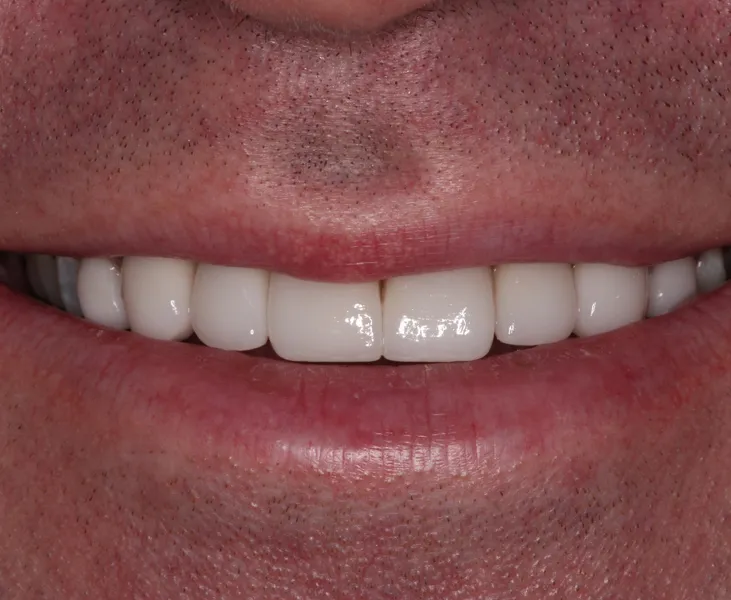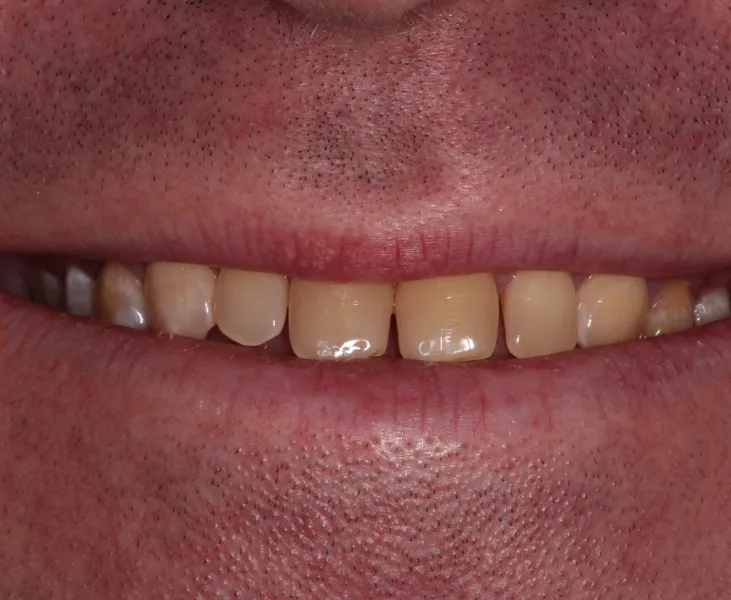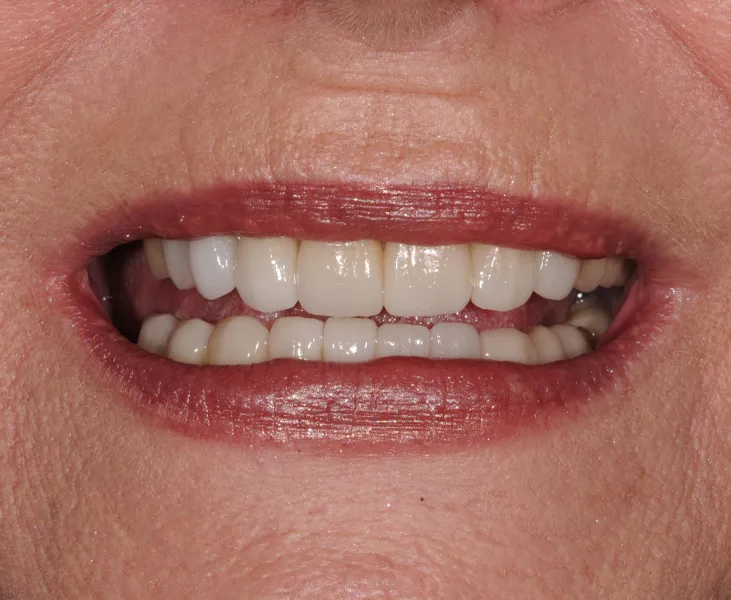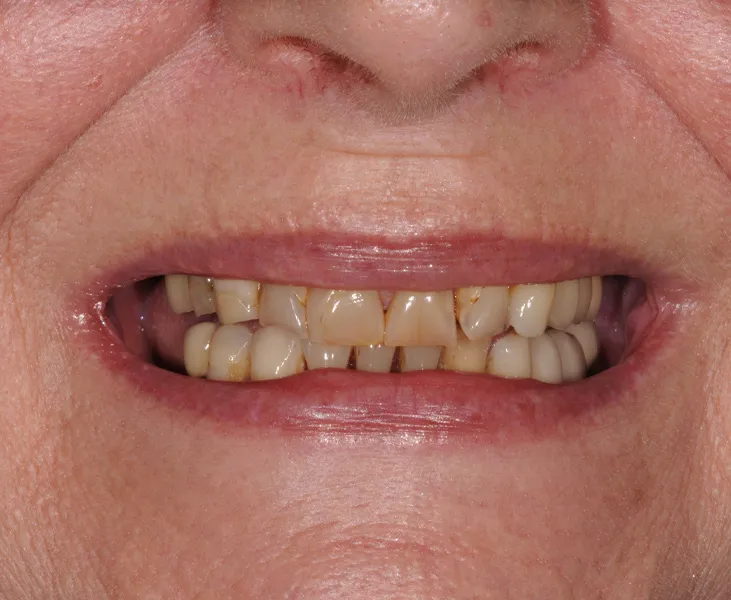1 hour per tooth
Improved shape and colour
None
5-7 years

Why Cosmetic Bonding?
Many people with discoloured, chipped, gapped, or even short teeth feel embarrassed to smile or cover their mouths when laughing. Cosmetic bonding can return your confidence with a brighter, fuller smile.
At Trinity Dental Practice, our experienced dentists perform this minimally invasive treatment in just one appointment, giving you an easy option for a confident smile.
Cosmetic bonding uses a tooth-coloured composite resin bonded to your teeth to make them whiter and mask any chips or gaps.
What To Expect During Your Appointment
The process is relatively straightforward. First, your dentist will carry out tooth whitening if it is needed. Your then dentist prepares your tooth for cosmetic bonding by roughening the surface. Most patients don’t need anaesthesia for this process. After ensuring that the resin matches your natural teeth, your dentist applies an adhesive to your tooth, followed by the resin.
To set the resin and bond it to your tooth, your dentist uses a special light that hardens it. To complete the process, your dentist shapes and polishes your tooth, creating a beautiful, natural smile.

Recovery & Aftercare
You won’t need to take any extra steps to keep your cosmetic bonding clean. Floss and brush your teeth twice a day and see your dentist twice a year for cleanings.
To protect your cosmetic bonding from premature chipping or staining, avoid biting down on hard foods like sweets. If you drink staining liquids like tea or coffee, brush your teeth again directly after. Also, avoid using your teeth to open packages or loosen knots.
If you would like further information, click here or request an appointment by calling
FAQS
What is cosmetic bonding?
What dental issues can cosmetic bonding address?
How is cosmetic bonding carried out?
Preparation: The dentist selects a shade of composite resin that matches your natural teeth. The tooth surface is then prepared by roughening it slightly and applying a conditioning liquid.
Bonding: The dentist applies the composite resin to the tooth and moulds it into the desired shape. Ultraviolet light or laser is used to harden the resin.
Shaping and polishing: After the resin hardens, the dentist trims and shapes it to blend seamlessly with your natural teeth. Finally, the bonded tooth is polished for a smooth and natural appearance.
Is cosmetic bonding a permanent solution?
How do I care for bonded teeth?









